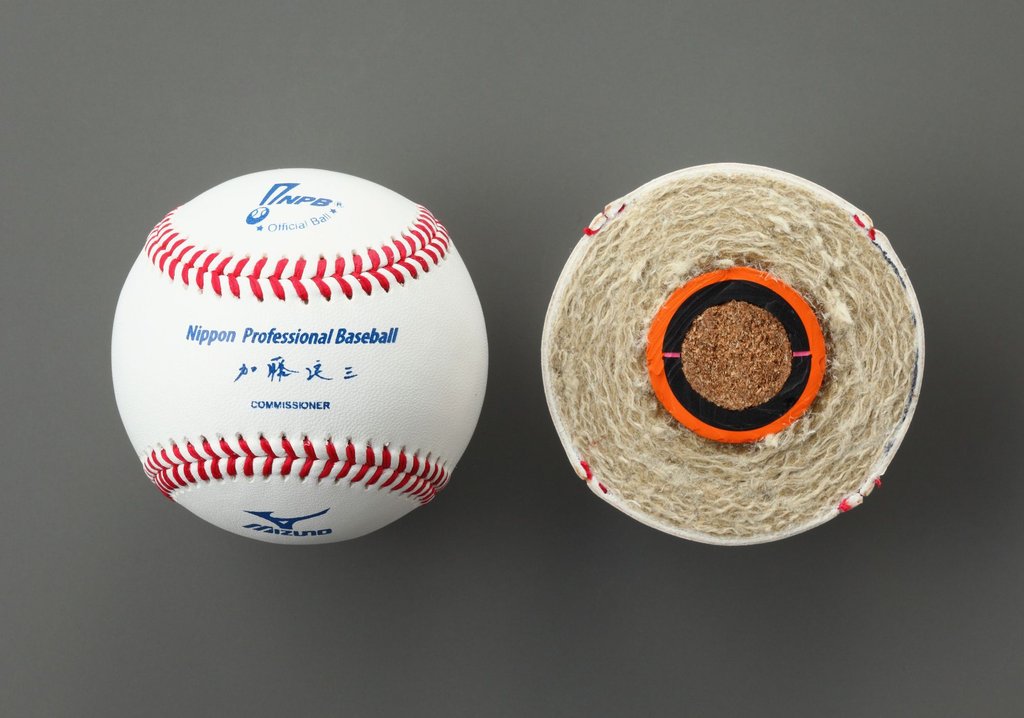How is Achilles Heel Surgery Performed?

Introduction
Achilles heel surgery, also known as Achilles tendon surgery, is a medical procedure performed to repair a damaged or ruptured Achilles tendon. The Achilles tendon is one of the most critical tendons in the human body, connecting the calf muscles to the heel bone. When this tendon is injured, it can lead to significant pain and mobility issues. In this article, we will explore how Achilles heel is performed, the different types of surgeries available, and what to expect during the recovery process.
Understanding the Achilles Heel
Before delving into the surgical aspects, it’s essential to understand the anatomy of the Achilles tendon. The Achilles tendon is responsible for allowing you to point your toes and push off the ground when walking, running, or jumping. Due to its crucial role in movement, an injury to this tendon can be debilitating.
Indications for Achilles Heel Surgery
Surgery becomes necessary when conservative treatments, such as rest, physical therapy, and immobilization, fail to adequately address the injury. Common indications for Achilles heel surgery include:
- Complete Achilles tendon rupture
- Severe partial tears
- Chronic tendinopathy that does not respond to non-surgical treatments
Preparing for Achilles Heel Surgery
Before undergoing Achilles heel , patients will typically have a thorough consultation with their orthopedic surgeon. During this consultation, the surgeon will review the patient’s medical history, perform a physical examination, and may order imaging tests like MRI or ultrasound to assess the extent of the damage.
Types of Achilles Heel Surgery
There are two primary types of Achilles heel surgery: open and minimally invasive surgery.
Open Surgery
Open surgery involves making a single large incision along the back of the calf. This approach provides the surgeon with direct access to the damaged Achilles tendon. Open surgery is typically reserved for more severe cases and allows for a comprehensive repair of the tendon.
Minimally Invasive Surgery
Minimally invasive surgery, also known as percutaneous surgery, involves making several small incisions rather than one large one. Through these small incisions, the surgeon uses specialized instruments to repair the Achilles tendon. This approach often results in less scarring and a faster recovery time compared to open surgery.
- The Surgical Procedure
Anesthesia
Achilles heel surgery is typically performed under either local anesthesia with sedation or general anesthesia. The choice of anesthesia depends on the surgeon’s preference and the patient’s overall health.
6.2. Incision
In open , a single large incision is made along the back of the calf. In minimally invasive , several small incisions are made. The surgeon carefully accesses the damaged Achilles tendon through these incisions.
Tendon Repair
Once the surgeon has access to the damaged tendon, they will repair it using various techniques. This may involve suturing the tendon back together or removing damaged tissue. In some cases, the surgeon may reinforce the repair with sutures or other materials.
Posterior Tendon Reconstruction
In cases of chronic Achilles tendinopathy or severe damage, a procedure called posterior tendon reconstruction may be perform. This involves removing damaged tissue and reinforcing the Achilles tendon with healthy tissue from another part of the body or a donor tendon.
Recovery and Rehabilitation
7.1. Postoperative Care
After , patients are typically plac in a cast or a brace to immobilize the ankle and protect the repaired tendon. The length of time in a cast or brace varies depending on the type and extent of surgery performed.
Physical Therapy
Physical therapy plays a crucial role in the recovery process. It helps improve strength, flexibility, and range of motion in the ankle and calf. The physical therapist will develop a customized rehabilitation plan tailored to the patient’s specific needs.
Risks and Complications
Like any surgical procedure, Achilles heel carries some risks and potential complications. These may include infection, blood clots, nerve damage, and a risk of re-rupture. However, with proper surgical technique and postoperative care, these risks are minimizing.
Conclusion
Achilles heel is a valuable option for individuals suffering from Achilles tendon injuries that do not respond to conservative treatments. With advancements in surgical techniques and rehabilitation protocols, many patients can regain their mobility and quality of life after Achilles heel surgery. If you believe you may be a candidate for this procedure, consult with a qualified orthopedic surgeon to discuss your options and develop a personalized treatment plan.



